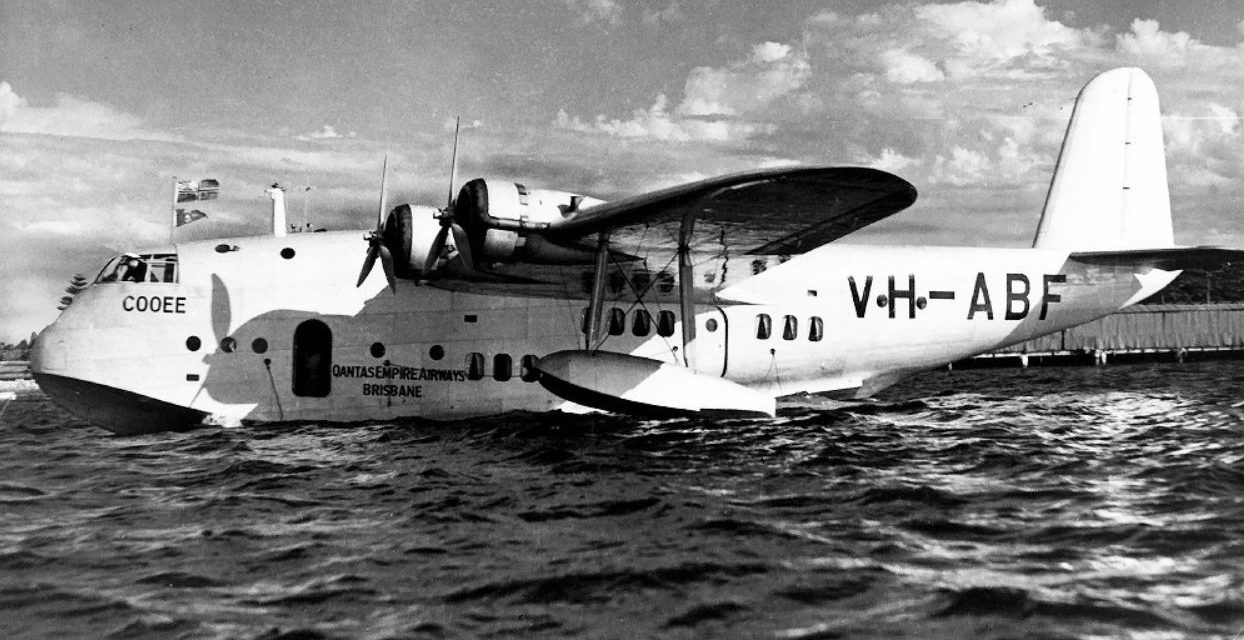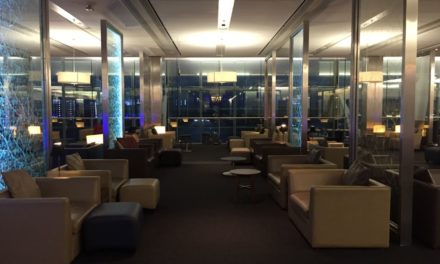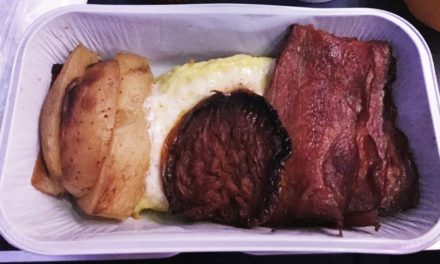The Short Empire was a medium range flying boat powered by four Bristol Pegasus radial engines. Designed and built by Short Brothers’ in Rochester, it first flew on 4 July 1936, taking off from the River Medway in Kent. First revenue services commenced in 1937.
Designed to connect the United Kingdom with the dominions of the British Empire, it reduced travel time quite substantially. For example, England to Australia takes over 40 days by ship, while the flying boats reduced this to 85 flying hours over 10 days. Nine overnight stops were taken en route as the aircraft did not fly at night.
Short Empire Flying Boat Video
Following on from the last video about the Fairey Rotodyne, this time we head back to the 1930s for a look at the Short Empire flying boat. The first video runs for a little under three minutes and is quite jubilant in its presentation.
Have you ever heard of a robopilot before? Clearly a precursor to today’s autopilot! The next video runs for just 47 seconds and even though it has a watermark, you do get to see the interior, food service and cocktails being made.
With a range of 1,220 kilometres and a cruising speed of 266 km/h, it was not particularly fast by today’s standards. However, this was the latest technology in the late 1930s.
How About One More Video?
Imperial Airways referred to the aircraft as the Short C Class, and each one had a name starting with C. The next video is a compilation of newsreel clips from the days it was in service.
Running for almost 10 minutes, it covers things such as the crash of Capricornus in France from 7:35. What is great is that the various clips give a great feel for how news was reported in this era, as well as how amazing people found this new technology.
Overall Thoughts
Short Brothers’ claimed, “We don’t built aircraft that float, we build ships that fly” and you can see this in the clips. The announcers refer to the aircraft as ships more often than not, as it really fell between two areas.
On board service was inaugurated on the flying boats and while there were no cooking facilities on board, passengers were served excellent meals. A typical breakfast consisted of grapefruit, steak and pineapple juice, while lunch could be ham, salad and strawberry ice cream.
Just 42 of these flying boats were produced from 1936 to 1940. They were operated by Imperial Airways (later BOAC), Qantas of Australia and TEAL (now Air New Zealand) and had a very short life, being withdrawn from service at the end of 1946, with final flights in 1947. Land planes had progressed to the point that flying boats were obsolete. As far as I am aware, none were preserved in museums.
What did you think of the flying boat videos? Thank you for reading and if you have any comments or questions, please leave them below.
Enjoying the series? Check out the index to all the “Does Anyone Remember…” articles.
To never miss a post, follow me on Facebook, Twitter and Instagram.
All my flight and lounge reviews are indexed here so check them out!
Featured image by Qantas Heritage Collection via aussieairliners.org.
With thanks to Sydney Living Museums and History Ireland.





Only in old pics but YES
Same here, only from pictures! I imagine only people who are about 90-100 years old would remember actually flying on one!
Greetings, I know nothing about the history of aeroplanes but if it is of any interest to you I did fly in what we called a ‘BOAC Sunderland Empress Flying Boat’ from Yokohama to Southampton in August 1949. It was the very last on this route. I was 5 years old. If you are keen I can describe at your request the 9-day voyage and ports of call that left me with personal indelibly fond memories.
That is brilliant that you got to do that! I would certainly love to read about your experience, so please go ahead. That would be fascinating. Appreciate the offer!
Thanks for your keen reply. My comprehensive description is 3 pages. Shall I send it as an attachment? Otherwise the format could become clumsy.
It will probably come out as one block of text on here, but that is probably best, that way others can read it easily. If it looks really terrible, I’ll see if I can make it look better somehow. Otherwise we’ll see if we can do an e-mail or something. Thank you for this!
B.O.A.C. Sunderland Empress Flying Boat – Yokohama, Japan to Southampton, U.K. by John Lind B.O.A.C. Sunderland Empress Flying Boat – Yokohama, Japan to Southampton, U.K. by John Lind August 1949 – Sunrise departure from Yokohama, Japan. For the commencement of our 9 days flight to England my English father, my White Russian mother and I (age 5) were conveyed to Yokohama Bay in the British company limousine from Hyama on Tokyo Bay. Hyama was little more than a fishing village but the mansion that the company rented (our home for 6 months) had been the former summer resort of one… Read more »
This is wonderful, thanks so much for sharing this! The Empire flying boats were the Short C Class from the 1930s. Your Sunderland would not be an Empire flying boat. I was trying to see if it was called an Empress, perhaps from the aircraft names, but I couldn’t find anything about it easily online. I’d think your memory was pretty reliable though. I believe these flying boats were retired in 1949, so you did indeed get on one at the very end of their careers. What a fantastic experience all of that must have been, even at so young… Read more »
You are welcome.